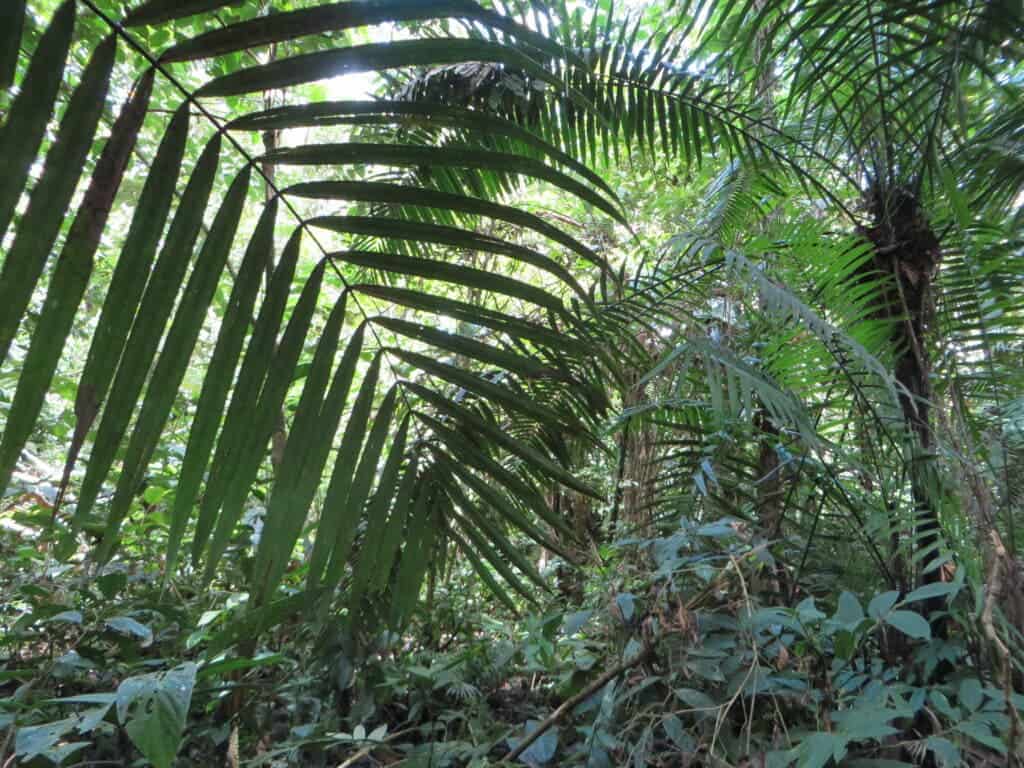As much as 40% of the Amazon, the world’s largest rainforest, could be on the verge of crossing a tipping point and converting into a savannah, according to a new study. Rainforests are sensitive to changes in rainfall and moisture levels. Fires and droughts can also lead to areas losing trees and shifting to a savannah.

The findings are especially concerning because parts of the Amazon region, which includes nine countries in Latin America, are currently receiving less rain than they were previously. This trend is expected to worsen as the region gets warmer due to rising levels of greenhouse gas emissions. The Brazilian Amazon is now dealing with the worst forest fire season in a decade.
A shift from rainforest to savannah would take decades to take full effect, but once it starts it’s hard to reverse. Rainforests support a much broader range of species than savannah and play a larger part in absorbing carbon dioxide from the atmosphere. While rainforests have trees, savannah has a mix of woodland and grassland.
“In around 40% of the Amazon, the rainfall is now at a level where the forest could exist in either state—rainforest or savanna, according to our findings,” said in a statement lead author Arie Staal, a former postdoctoral researcher at the Stockholm Resilience Center and the Copernicus Institute of Utrecht University.
Alongside a team of Europe-based scientists, Staal used the latest available atmospheric data to simulate how tropical forests might respond to changing rainfall levels. In particular, they simulated the effect of continued emissions from burning fossil fuels between now and the end of the century.
Staal said that rainforests normally generate their own rainfall through water vapour, sustaining tree growth and even extending their reach. But the inverse is also true. When precipitation levels fall, the forests begin to disappear. It’s a vicious cycle, Staal said. Forests shrink, we get less rainfall and this causes drying, leading to more fires and less forest.
The study explored the resilience of tropical rainforests under two additional extreme scenarios. In the first, researchers looked at how fast the world’s forests would grow back if they suddenly disappeared. The second looked at what would happen if rainforests covered all tropical regions on Earth
They found that many of the world’s rainforests would struggle to grow back once lost, leading to a far wider savanna-like mix of woodland and grassland. In addition to the Amazon loss, the team found that the forest in the Congo basin was at risk of changing to savanna and that large swathes would not grow back once gone.
“We understand now that rainforests on all continents are very sensitive to global change and can rapidly lose their ability to adapt,” said in a statement Ingo Fetzer, also from the Stockholm Resilience Centre. “Once gone, their recovery will take many decades to return to their original state,” he said.
The study was published in the journal Nature Communications.









